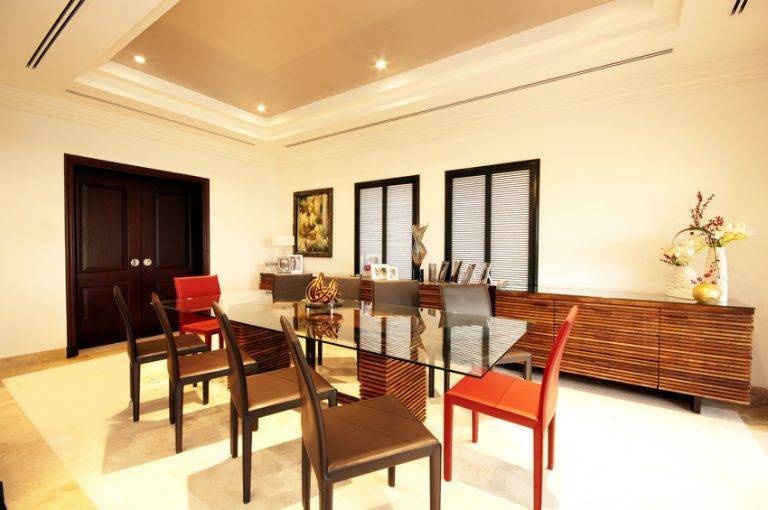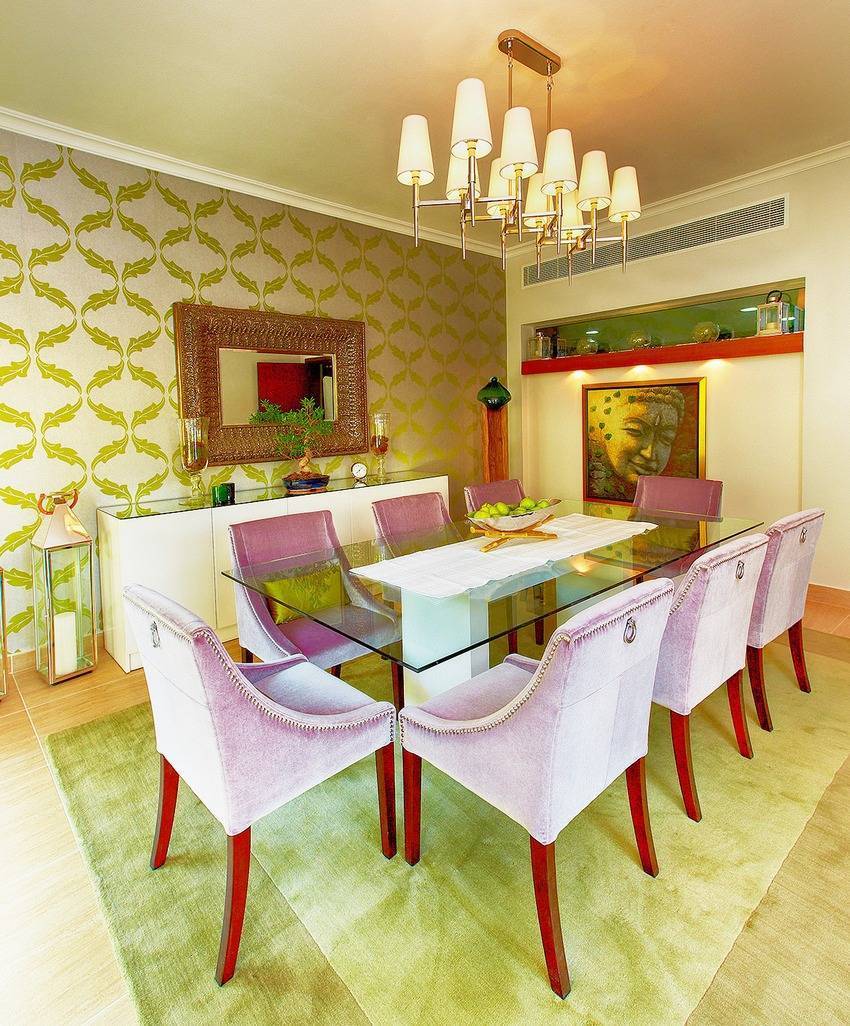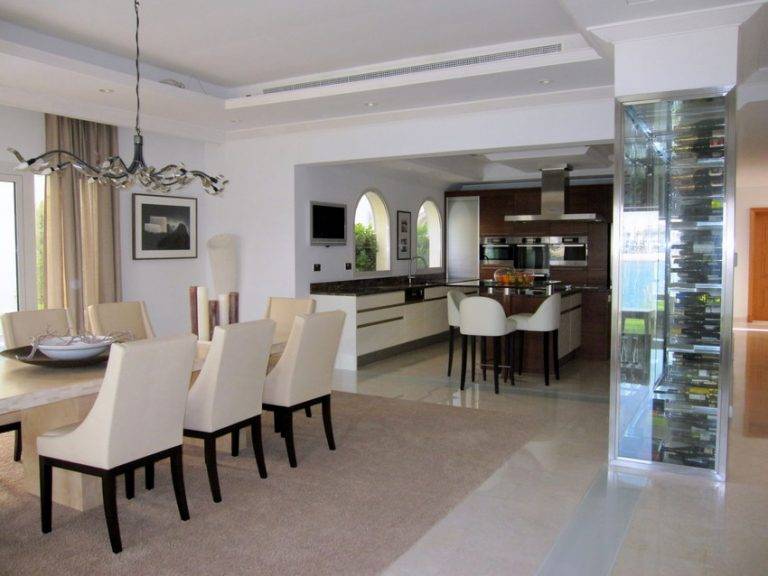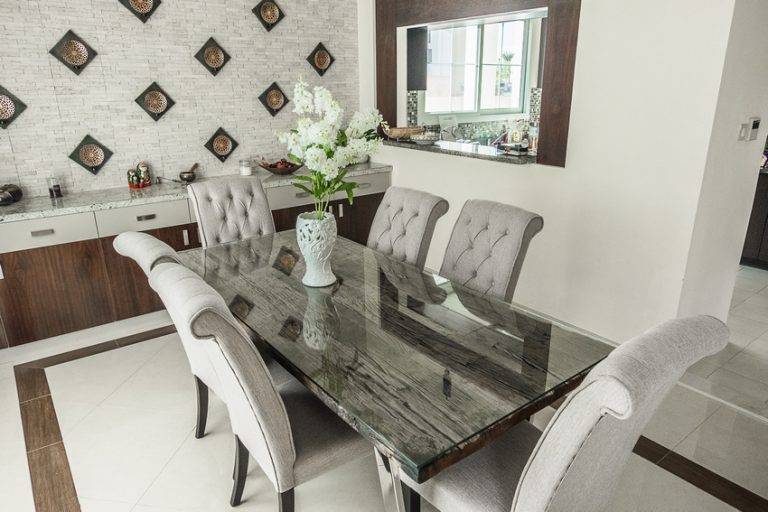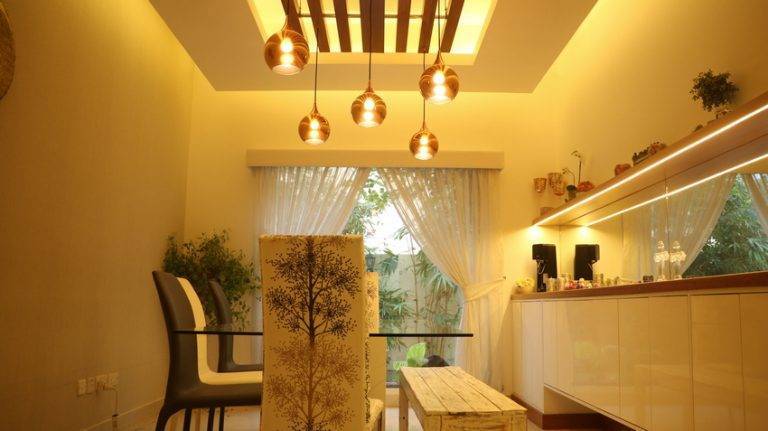Meal times are family time, when everyone gets together to talk about their day. It is often the only time when the entire family comes together to share memorable moments. This makes the dining experience more of a social event.
A well-designed interior design dining room is conducive to long conversations; a place to relax and rejuvenate the senses, with a warm and inviting ambiance.
Utilizing Your Dining Room
So how do we decide what type of a dining space we need in our houses?
Firstly, discerning clients realize that dining rooms are much more than just a place to eat; an effective interior design dining room involves all of our senses, making the pleasure of eating an emotional, social and culinary journey.
How does this concept manifest in actual design solutions?
Purpose Of Your Interior Design Dining Room
How you envision your dining space is largely based on your lifestyle choices. Do you love throwing lavish parties or are you more of a family person who enjoys casual entertaining? Which meal is the most important one of the day for your family?
Breakfast is often loud and chatty, when everyone is in a hurry to start off their busy day. Lunch is usually a quieter affair as most of the family is out at work or school. Dinner is often the most important meal of the day when the family regroups at the dinner table.
Design your dining room as a versatile space that can be used for different purposes.
Family Interior Design Dining Room
These serve as casual dining spaces and are primarily used by family and close friends. They can be cheery and fun or subdued, depending on personal preference. Family style dining rooms are typically used for daily dinners and more often during weekends and holidays.
Breakfast Cum Dining Room
These are often used by the family at multiple times of the day. Breakfast cum dining rooms are perfect for a quick breakfast, a quiet lunch, or even a midnight snack. They are ideal for when you don’t want to bother laying the table for just one person.
Dining For Entertainment
This is the Mercedes of dining rooms, designed to impress guests and visitors.
An interior design dining room that is designed primarily to entertain guests is rarely used for everyday dining.
Its primary purpose is to provide a ‘wow’ factor. Thus, attention to detail and pre-planning dominate design decisions.








